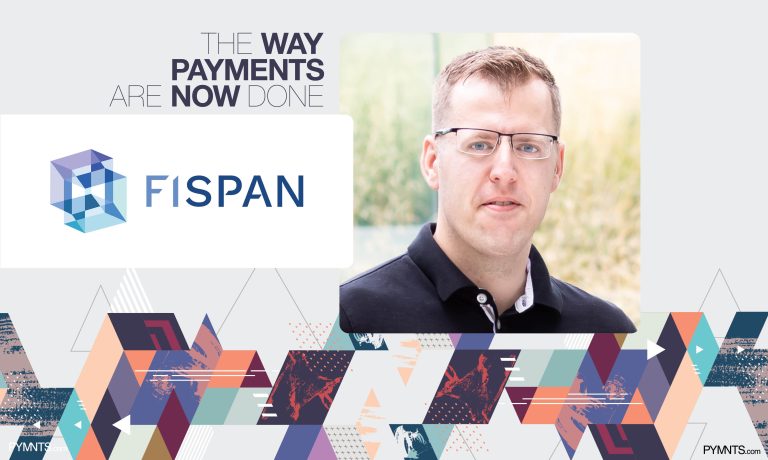What will payments look like in 2022 and beyond? In “The Way Payments Are Now Done,” Clayton Weir, CEO and co-founder, FISPAN, joins 32 other payment executives to discuss what payments’ “new normal” looks like. Weir explores how banks are looking to deploy innovations to improve the client experience, opening up an opportunity for embedded banking.
There is no question that innovation in financial services has dramatically accelerated over the past year or so. Customers are getting more and more comfortable doing their personal banking online, and business banking customers are also turning to digital platforms as an alternative to in-person branch visits. Banks are struggling to keep up with this rapid shift in the types of online service offerings their clients are demanding. Because of this move to digital, paper-based and manual processes just don’t work anymore for most finance teams. Activities such as physically walking into a bank branch to submit business data or sending and receiving paper checks from the headquarters have had to be eliminated.
Because of this, banks are looking to deploy innovations that will have an immediate impact on the client experience. This is where we’ve seen a huge opportunity with embedded banking. By embedding the banking experience inside the platforms that business customers use to run their businesses (such as ERPs or accounting software), banks are able to easily provide their business clients with a more automated and streamlined treasury management process. The banks that are ahead of the curve and partnering with FinTechs are beginning to better understand how their customers use their products in context, allowing them to innovate smarter and faster.
The best way for B2B banks to manage the impact of rapidly evolving customer expectations is to partner with agile, innovative FinTech services. Connecting with their clients as much as possible and understanding their needs will be essential in driving the agenda for the banks’ new capabilities. Leveraging tech and automation will manage and rise to customer expectations while still allowing for more face time during this transition period to explore and better understand customers’ needs and wants.
Banks should continue to be open to new ways of thinking and working with new partners. In partnering, serving or investing in innovation by way of technology upstarts, financial institutions (FIs) are able to position themselves for future growth and adaptation through real-time, easy access to products, services, data and channels. This enables them to deliver a product or service that truly resonates with their customers and meets them where they are with the current challenges they face in a rapidly growing digital market.
We are looking forward to watching banks, payment providers and FinTech companies launch new services and solutions that can help small businesses across the country emerge from the pandemic. I think the greatest opportunity for economic recovery and success post-pandemic lies in banks being better able to serve their small business clients.
Advertisement: Scroll to Continue




